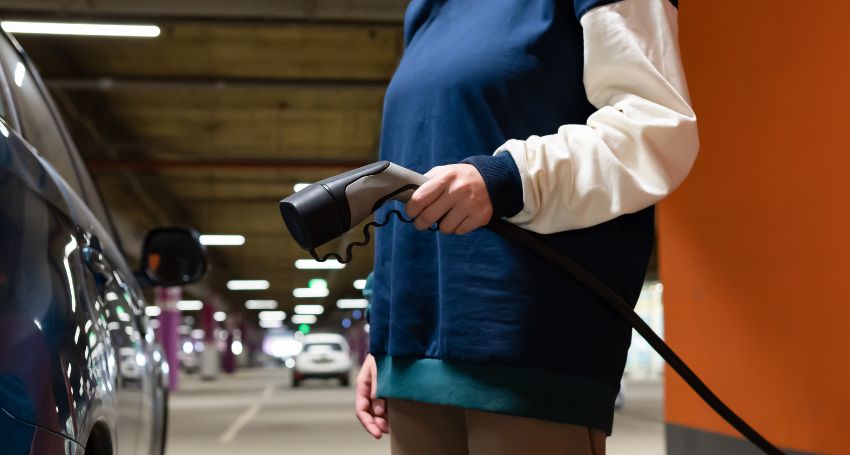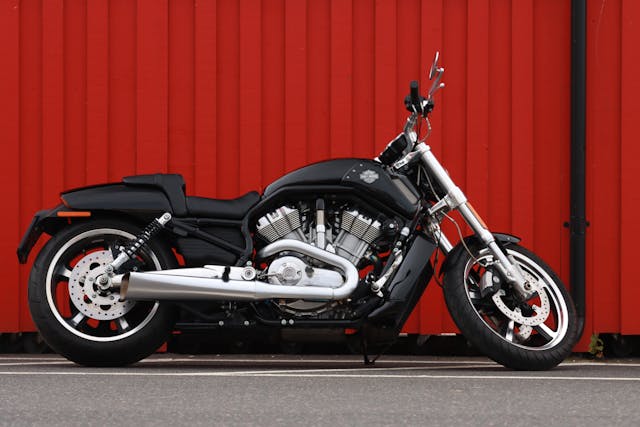
Electric vehicles (EVs) are revolutionizing transportation, but cold weather presents a unique challenge for EV owners. Freezing temperatures impact battery performance, reduce driving range, and complicate charging. Understanding how cold weather affects EVs, and what steps drivers can take to mitigate these effects, is essential for smooth winter driving. This article explores why weather can cut electric vehicle range and make charging tough, along with expert-backed strategies for optimizing EV performance in frigid weather.
How Does Cold Weather Affect EV Battery Performance?
EV batteries rely on lithium-ion technology, which operates best at moderate temperatures. In extreme cold, the liquid electrolyte inside the battery thickens, reducing the movement of lithium ions and lowering battery efficiency. This leads to longer charging times and decreased range in cold weather.
Why Do EVs Have Less Range in Cold Weather?
Cold weather affects battery performance, limiting driving range. Research shows that at 20 degrees F, an unplugged EV’s range can decrease by up to 20 percent. Cold snaps also cause increased energy consumption for climate control systems, further impacting the vehicle’s driving range.
Can Preconditioning Help Maintain EV Range in Cold Climates?
Preconditioning is an effective way to keep EV batteries warm before driving. This process involves heating the battery while the car is still plugged into a charger, ensuring it starts at an optimal battery temperature. EV drivers who precondition their battery experience better range and performance in extreme temperatures.
Best EV Models for Cold Climates
Some EVs are better suited for cold climates. The Tesla Model 3, for example, includes a heat pump system that reduces energy use while maintaining cabin warmth. EVs in cold regions benefit from efficient battery management systems that counteract the effects of freezing temperatures.
Optimizing Charging in Cold Weather
EV charging in cold temperatures takes longer because the battery struggles to absorb energy efficiently. Keeping an EV connected to a charger when not in use helps maintain battery charge. Many electric car owners also use scheduled charging to ensure the battery reaches peak performance before driving.
Heated Seats and Steering Wheels
Heated seats and heated steering wheels consume less energy than climate control. Using these features instead of the car’s full climate control system can reduce energy consumption and help preserve EV range in cold climates.
Prevent Battery Degradation in Freezing Temperatures
Extreme cold can degrade battery performance over time. To prevent degradation, EV owners should keep their vehicle plugged into a charging station when possible, use preconditioning, and avoid draining the battery completely in frigid weather. Climate control settings should be optimized to balance comfort and battery efficiency.
Role Of Charging Stations in EV Performance During Winter
Public charging stations may deliver power at a slower rate in freezing temperatures. EV owners should plan longer trips carefully and use fast-charging stations when available. Ensuring proper charging temperature before plugging in can help mitigate slow charging speeds.
Will Future Battery Technology Improve EV Performance in Cold Weather?
Battery scientists are developing heat-resilient batteries and better battery chemistry to improve EV range in cold climates. Lithium-ion advancements and improved thermal management systems will help minimize range loss and charging delays, making EV ownership more viable in extreme cold.



